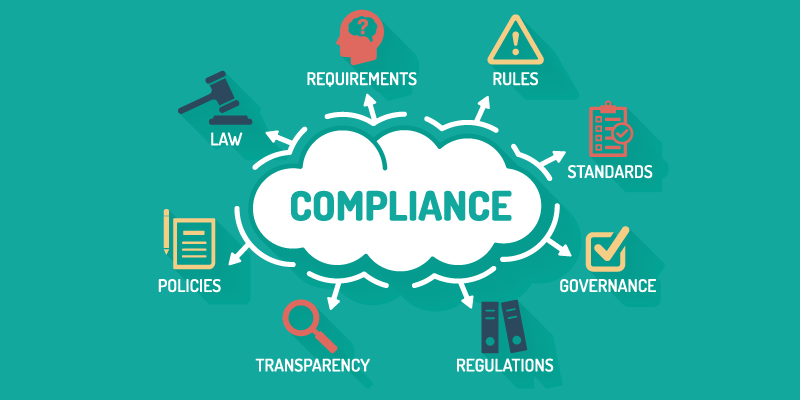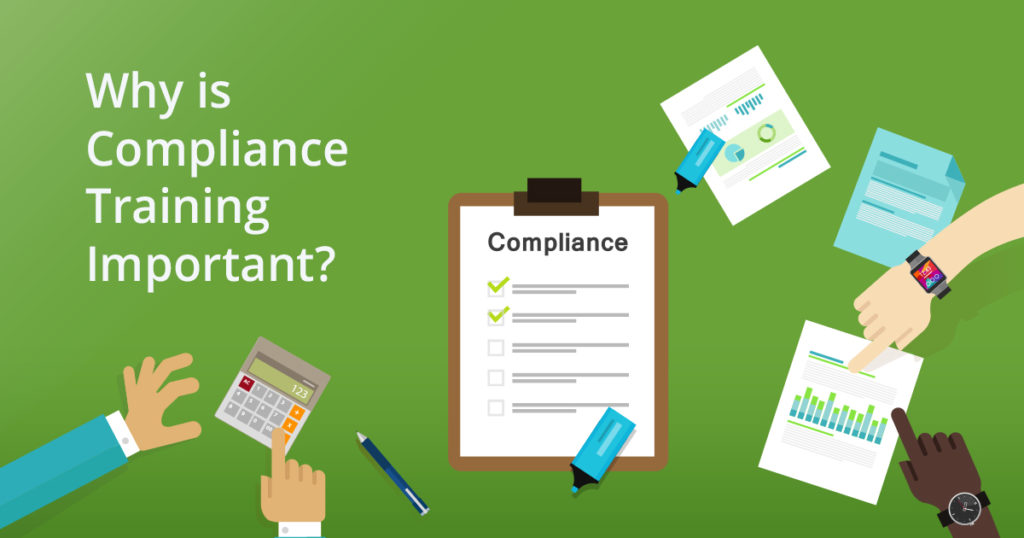Compliance With FDA’s 21 CFR Part 11
Compliance With FDA’s 21 CFR Part 11 21 CFR Part 11, the regulation on electronic records and electronic autographs, causes insomniac nights for numerous quality control experts and directors of nonsupervisory compliance whose companies are subject to examinations by the FDA. These companies include Contract Research Organizations (CROs) and pharma companies who operate clinical trials that produce records which fall into compass of the regulation. The Compliance With FDA’s 21 CFR Part 11 has released guidance on the- word regulation to bring further clarity to the compass and intent of its controls; still, compliance remains a moving target due to the nature of FDA examinations.
To Compliance With FDA’s 21 CFR Part 11 make matters more confusing, numerous companies miss the fact that all assertions made by merchandisers who claim their products are 21 CFR Part 11 biddable are just that tone- assertions. In reality, there’s no instrument program accredited or authorized by the FDA to certify seller products for 21 CFR Part 11 compliance. Likewise, 21 CFR Part 11 applies to the perpetration of products and services in a healthcare association’s terrain, not to the products themselves, thereby making compliance insolvable to achieve for seller products. Some merchandisers may argue that their products were included in a client’s computer system confirmation as part of 21 CFR Part 11 compliance, but this fails to regard for the liabilities assumed by the healthcare association in order to achieve compliance as part of the overall process.

Due to a lack of discussion and collaboration in this area, Compliance With FDA’s 21 CFR Part 11 individual companies may feel that they’re in this alone as they work to achieve nonsupervisory compliance.
Compliance With FDA’s 21 CFR Part 11
Similar lack of discussion can affect in a lot of guesswork and the expenditure of consulting freights on experts in support of satisfying the conditions of the regulation.
Defining 21 CFR Part 11
Compliance With FDA’s 21 CFR Part 11 digital records are vastly less precious overall due to earnings in effectiveness, storehouse, and time-to- request when compared to paper records; still, they’re vulnerable to cyber attack and concession if not duly managed and defended. The recent upward trend in virtual clinical trials further underscores the significance of digital record operation. 21 CFR Part 11 defines controls for the retention, submission, integrity, and confidentiality of digital records that fall into compass of the regulation. Similar controls are necessary and represent stylish practices for managing digital records with capability.
21 CFR Part 11 is broken out into three subparts
General vittles for the regulation
Controls governing open and unrestricted record operation systems
Controls supporting electronic autographs.
The alternate subpart defines controls supporting record retention, auditing, and organizational processes and discusses the intertwining of digital record integrity with electronic autographs. The final section lays out specific controls for the use of electronic autographs.
Understanding The Difference Between Electronic And Digital Autographs
The Compliance With FDA’s 21 CFR Part 11 electronic hand plays an important part in 21 CFR Part 11 compliance. Still, Compliance With FDA’s 21 CFR Part 11 not all electronic autographs are created equal, and it’s important to understand the differences between electronic autographs in general and a specific strain of electronic hand, known as the digital hand.
21 CFR Part 11 defines electronic autographs as
“ A computer data compendium of any symbol or series of symbols executed, espoused, or authorized by an individual to be the fairly binding fellow of the existent’s handwritten hand.”
By discrepancy, 21 CFR Part 11 defines digital autographs as.
“ Digital hand means an electronic hand grounded upon cryptographic styles of originator authentication, reckoned by using a set of rules and a set of parameters similar that the identity of the signer and the integrity of the data can be vindicated.”

Put simply, Compliance With FDA’s 21 CFR Part 11 a digital hand is a secure, norms- grounded electronic hand that’s resistant to phony, prevents revision of information once the hand has been applied, and appreciatively identifies the source of the hand. All digital autographs are electronic autographs, but not all electronic autographs are digital autographs.
A recent 21 CFR Part 11 guidance document published by SAFE Identity, a healthcare- concentrated assiduity institute and instrument body, stated
.“ SAFE Identity doesn’t fetenon-cryptographic electronic autographs as a competent means of expressingnon-repudiation of the signer, due to the threat of phony, and thus, advises against their use for this purpose.”
This isn’t a new conception for numerous healthcare associations, whose interest in digital autographs led to the establishment of the SAFE Identity institute ( formerly known as the SAFE-BioPharma Association).
Digital autographs give the means to cryptographically insure a document’s contents haven’t changed since the document was inked and explosively associate the signer with the document. Some of the most generally inked documents are produced using Portable Document Format (PDF) and, Compliance With FDA’s 21 CFR Part 11 because the digital autographs are grounded on well- established transnational norms, they’ve a common look and function whenever used to subscribe or corroborate a document. By counting on digital hand norms, associations can help being “ locked in” to seller products erected on personal technology that may not be interoperable with Compliance With FDA’s 21 CFR Part 11 other document signing and verification platforms and whose processes may not give the position of protection demanded.
Establishing Trust In Digital Credentials
Another important element in 21 CFR Part 11 subpart C is the subject of identity list controls. Similar controls are necessary to consider when applying digital autographs because a digital hand is a combination of a digital credential representing a mortal and a software operation that uses the credential to subscribe a document in a way that adheres to an assiduity standard format. In a largely cooperative terrain like clinical trials,cross-organization interoperability is particularly important and is only attainable through the relinquishment generally agreed upon assiduity norms.
The Compliance With FDA’s 21 CFR Part 11 controls include conditions concerning the sole possession of the credential by the signer and the identity verification of the signer. The guarantee that these conditions are being met by a credential provider must be picked from the processes the provider uses to issue credentials. The processes used to bind an identity to a credential vary from provider to provider, therefore, it’s fair to say that all credentials used to subscribe documents aren’t created equal, Compliance With FDA’s 21 CFR Part 11 which contributes to varying situations of trust in the digital hand credential request. Such a challenge is addressed through the use of a Trust Framework, which is a medium that establishes assiduity- agreed upon criteria to certify credential providers against in order to drive thickness and trust of credentials throughout a particular assiduity.
Achieving Compliance With 21 CFR Part 11
Compliance With FDA’s 21 CFR Part 11 plethora of document operation system and digital hand products can be used to satisfy colorful aspects of 21 CFR Part 11. To help make better buying opinions, associations should work product testing programs for digital hand products that advance sapience into the capabilities, interoperability, and specialized capability of the products being carried to insure assiduity norms are espoused duly.
Associations should also elect credential providers that have been certified by a Trust Framework to insure the credential provider is issuing credentials in compliance with assiduity norms that have been singly certified by a third party, rather than tone- asserted. Some Trust Frameworks also insure legal interoperability between the credential providers they certify and actors that calculate on the Trust Framework. Another benefit Trust Frameworks can offer is the capability for credentials to interoperate with government bodies similar as the FDA and indeed the European Medicines Agency (EMA) through government instruments similar as the Federal Identity Credentialing and Access Management (FICAM) Program.
As another resource, the SAFE Identity Document Management System Working Group lately published perpetration guidance concerning 21 CFR Part 11 for the life lores assiduity, which healthcare associations may find useful to gain perceptivity into how some members of the SAFE Identity Trust Framework interpret the regulation.
The Compliance With FDA’s 21 CFR Part 11 guidance defines a set of liabilities necessary for satisfying each control in 21 CFR Part 11. It divides involved parties into orders and also provides strategies and environment that help explain the liabilities for each order demanded to apply each control. With this guidance, associations can collude a path to compliance by understanding what’s necessary from all parties at every step of the process.
In principle, healthcare associations should consider the intent behind the controls quested in 21 CFR Part 11 when contriving processes and opting seller products in the pursuit of compliance. Similar controls serve as good guiding principles for managing electronic records anyhow of whether the records fall into the compass of the regulation. As similar, associations will be stylish suited to borrow strong electronic record processes across the association to maximize the benefits of the work that goes into achieving compliance.
